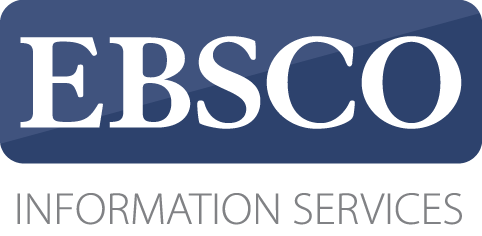University Network Structure: From the Soviet to the Russian “Master Plan”
Abstract
Jaroslav Kuzminov - Associate Professor, Rector, National Research University Higher School of Economics; Academic Supervisor, Center for Institutional Studies; Leading Research Fellow, Center for Applied Economic Research. E-mail: kouzminov@hse.ru
Dmitry Semyonov - Director, Laboratory for Universities Development, National Research University Higher School of Economics. E-mail: dsemyonov@hse.ru
Isak Froumin - Academic Supervisor, Institute of Education, National Research University Higher School of Economics. E-mail: ifroumin@hse.ru
Address: 20, Myasnitskaya st., Moscow, 101000, Russian Federation.
The authors discuss underpinnings of a structural analysis in the higher education system using existing educational systems research and approaches to the analysis of institutional diversity in higher education, as well as relevant theoretical constructions of social sciences, including the theory of dependence on a previous development. It is reasoned in the article why a focus on specific labour market segments and a nature of a university basic product are used as grounds for a typology and sorting out of groups of organizations. On the basis of the formulated approach to the typology the Soviet “master plan” is reconstructed, since, from the authors’ point of view, the present-day Russian higher education system structure is greatly determined by the Soviet experience of its development. The authors show that the Soviet project was based on the idea of an administrative labour market control, as well as on a number of historically developed institutional peculiarities, and on the whole it ran a model of a quasi-corporate higher vocational education system. It is analyzed how the higher education system structure received by Russia from the Soviet Union changed under the influence of external factors for the education system and only in the least thanks to a conscious public policy. On the basis of an analysis of quantitative data a typology of higher education organizations resulted from these changes is described. The authors consider possible structural policy directions in the field of higher vocational education as a foundation for working out a “master plan” of restructuring the higher education system in Russia. Goals are set that upgrading of the higher education structure should meet: involving Russia into global knowledge and technology networks; meeting the key industries’ demands for personnel and for research work which would help the country to achieve competitiveness; supporting a basic socio-economic structure in a region; meeting an increasing demand of the population for higher education.








